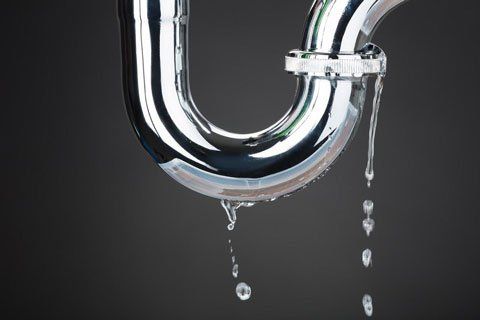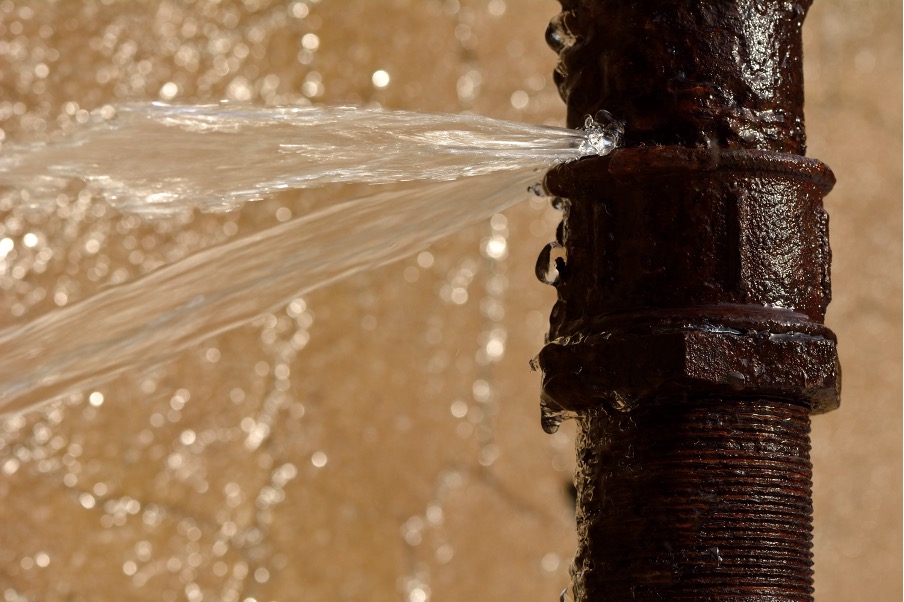Overview To Water Leakage Discovery At Home
Overview To Water Leakage Discovery At Home
Blog Article
What are your ideas about Detecting hidden plumbing leaks?

Early detection of leaking water lines can reduce a potential calamity. In addition to saving you money, it will certainly decrease the stress and frustration. The minute you discover a leak, calling your plumber for repair services is the very best solution. However, some little water leaks might not be visible. Below are some hacks that assist if you can not detect it with your nude eyes.
1. Take A Look At the Water Meter
Inspecting it is a proven means that aids you discover leaks. If it moves, that indicates a fast-moving leak. This implies you may have a sluggish leak that might also be underground.
2. Check Water Consumption
Evaluate your water expenses as well as track your water usage. As the one paying it, you must see if there are any kind of disparities. If you detect sudden changes, regardless of your intake coinciding, it implies that you have leaks in your plumbing system. Remember, your water bill ought to fall under the same array on a monthly basis. An abrupt spike in your costs suggests a fast-moving leak.
A constant increase every month, also with the same routines, reveals you have a slow-moving leak that's additionally gradually intensifying. Call a plumber to completely inspect your property, especially if you really feel a warm location on your floor with piping underneath.
3. Do a Food Coloring Examination
When it comes to water intake, 30% comes from toilets. If the shade in some way infiltrates your bowl throughout that time without flushing, there's a leakage between the storage tank and bowl.
4. Asses Outside Lines
Don't fail to remember to examine your exterior water lines too. Should water seep out of the connection, you have a loose rubber gasket. One small leakage can lose bunches of water and spike your water bill.
5. Examine the scenario and also evaluate
Homeowners should make it a habit to check under the sink counters and also also inside closets for any kind of bad odor or mold and mildew growth. These two red flags indicate a leak so prompt attention is called for. Doing regular examinations, also bi-annually, can save you from a major problem.
More importantly, if you know your residence is currently old, keep a watchful eye on your heating units, hose pipes, pipes and so on. Look for discolorations and weakening as the majority of appliances and also pipes have a life span. They will certainly also normally degrade because of tear and put on. Do not wait for it to intensify if you suspect leaking water lines in your plumbing system. Call a specialist plumber immediately so you don't end up with a dreadful mess in your home.
Early discovery of dripping water lines can mitigate a possible disaster. Some little water leaks may not be noticeable. Examining it is a proven means that aids you find leakages. One little leakage can lose lots of water and also surge your water costs.
If you think dripping water lines in your plumbing system, don't wait for it to intensify.
WARNING SIGNS OF WATER LEAKAGE BEHIND THE WALL
PERSISTENT MUSTY ODORS
As water slowly drips from a leaky pipe inside the wall, flooring and sheetrock stay damp and develop an odor similar to wet cardboard. It generates a musty smell that can help you find hidden leaks.
MOLD IN UNUSUAL AREAS
Mold usually grows in wet areas like kitchens, baths and laundry rooms. If you spot the stuff on walls or baseboards in other rooms of the house, it’s a good indicator of undetected water leaks.
STAINS THAT GROW
When mold thrives around a leaky pipe, it sometimes takes hold on the inside surface of the affected wall. A growing stain on otherwise clean sheetrock is often your sign of a hidden plumbing problem.
PEELING OR BUBBLING WALLPAPER / PAINT
This clue is easy to miss in rooms that don’t get much use. When you see wallpaper separating along seams or paint bubbling or flaking off the wall, blame sheetrock that stays wet because of an undetected leak.
BUCKLED CEILINGS AND STAINED FLOORS
If ceilings or floors in bathrooms, kitchens or laundry areas develop structural problems, don’t rule out constant damp inside the walls. Wet sheetrock can affect adjacent framing, flooring and ceilings.
https://www.servicemasterbyzaba.com/blog/how-to-detect-water-leakage-in-walls/

We hope you liked our part on Top leak detection hacks. Thanks so much for spending some time to read through our article. If you enjoyed reading our blog post if you please don't forget to share it. Thanks for your time spent reading it.
Report this page